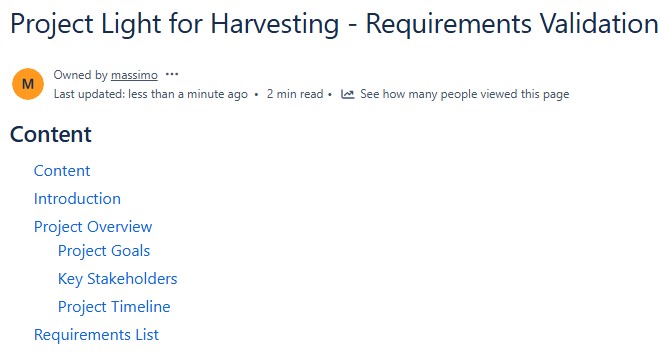When building software, everything begins with clear requirements. Collecting input from stakeholders like managers, analysts, and users can quickly become complex. To turn these insights into action, we create a Software Requirements Specification (SRS) as the project’s foundation. However, without proper validation, errors and ambiguities can easily appear. That’s where requirements inspections come in — a structured review process that helps detect issues early and ensures the SRS remains accurate, consistent, and complete.
What is Requirements Engineering?
Requirements engineering is all about identifying, documenting, and managing software requirements. I gather input from stakeholders to create a clear, detailed list of what the software must do. This process ensures that everyone shares the same vision, minimizing misunderstandings and costly changes later. But simply collecting requirements isn’t enough — we need to verify and validate them to avoid critical issues during development.
What is Requirements Validation?
Requirements validation makes sure the gathered requirements truly reflect stakeholder needs. I see this as a safety net. It catches potential problems early, preventing defects from trickling into later stages like design or testing. Validation techniques, especially requirements inspections, help confirm that requirements are complete, feasible, and clear. Without this, the risk of failure skyrockets.
The Power of Requirements Inspections
In my experience, requirements inspections are one of the most effective validation techniques. When a large number of requirements are collected, mistakes are inevitable. These mistakes — like redundancy, incompleteness, and ambiguity — can cause serious issues during development. Fixing them after coding starts can be expensive and time-consuming.
Inspections involve a thorough review process. Skilled reviewers from various knowledge areas meticulously read through each requirement. They look for potential faults and document them. I appreciate this peer-review approach because it brings different perspectives to the table. Each reviewer’s insights contribute to a more refined set of requirements.
Once reviewers submit their feedback, the requirements author steps in. I know how challenging this part can be — the author manually examines each review, decides which feedback is valuable, and updates the SRS accordingly. It’s a long and sometimes exhausting process, but it’s worth the effort. This careful review helps maintain correctness, completeness, feasibility, and clarity in the requirements.
After multiple inspection rounds, a formal review checklist emerges. This checklist categorizes recurring issues, making future inspections smoother. For example, if ambiguity frequently pops up, the team can create guidelines to reduce vague wording in requirements. It’s a continuous cycle of improvement, ensuring the requirements always meet the highest quality standards.
Final Thoughts
I can’t overstate the importance of requirements inspections. They’re a safeguard against costly design and development errors. Yes, inspections demand significant human effort, but they prevent even bigger headaches down the line. By catching faults early and refining the SRS, teams can build more reliable software with fewer surprises. If you want high-quality software, thorough requirements inspections are not optional — they’re essential.
What’s Next?!
Now that you know how requirements inspections catch hidden issues early, it’s time to look at the bigger picture. Validation and verification together ensure your system meets both user expectations and technical standards. Want to understand how they work hand in hand? Read my next article — Understanding Requirements Validation and Verification — and see how these processes strengthen every stage of software development.
Credits: Photo by Kampus Production from Pexels
| Read more about draw.io |
|---|
| PDF Export VSDX Export HTML Export URL Export XML Export |




